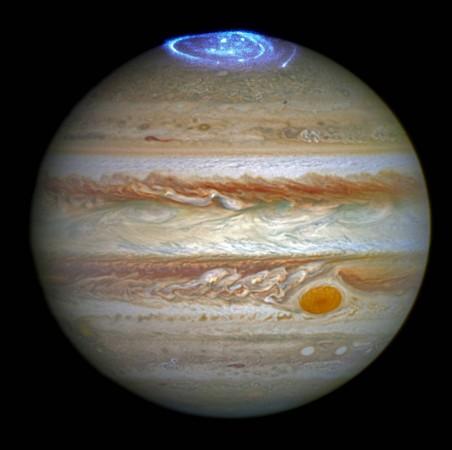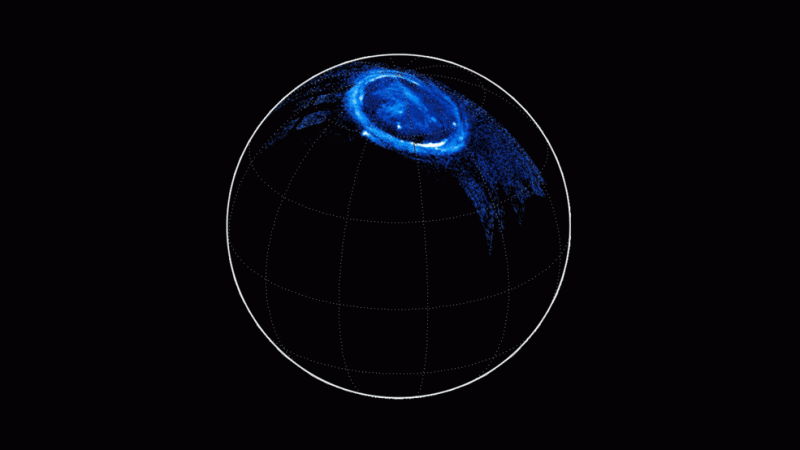
Not much is known about the gas-giant Jupiter's distinguishing feature– powerful auroras.
NASA's Juno spacecraft analysed the auroras and made new revelations which are in conflict with the prior speculations made by the astronomers.
ALSO READ: NASA's SDO captures biggest solar flare of the decade: 7 things to know
Here's all you need to know about Jupiter's intense auroras:
- Before the new study was carried out, the astronomers believed the processes which generate intense auroras on Earth are the same ones behind Jovian Southern and Northern Lights, but Juno proved this is not true.
- The polar auroras formed on Earth are generated by accelerating electrons, whereas the ones Jupiter are created by electrons trapped in a massive magnetic field.
- The data about the auroras of the officially oldest planet of the solar system – Jupiter -- was accumulated by Juno's ultraviolet spectrograph and energetic-particle detector instruments. The team of researchers for this study was led by Barry Mauk of the Johns Hopkins University Applied Physics Laboratory, Laurel, Maryland.
- The researchers analysed the signatures of the powerful electric potentials, aligned with Jupiter's magnetic field, that push electrons toward the Jovian atmosphere at energies as high as 400,000 electron volts, which is around 10 to 30 times greater than the largest potentials detected on Earth. The strongest auroras generated on Earth, also known as discrete auroras, which are seen on the northern and southern polar regions of Earth require only several thousands of volts to form.

ALSO READ: Rare phenomenon called 'earthquake lights' observed in Mexico skies! [VIDEO]
5. The scientists knew that electric potentials play a role in the formation of these auroras. According to Mauk, the researchers were baffled because of the magnitudes of these potentials at the gas-giant.
6. "At Jupiter, the brightest auroras are caused by some kind of turbulent acceleration process that we do not understand very well," Mauk stated, who leads the investigation team for the APL-built Jupiter Energetic Particle Detector Instrument (JEDI).
7. The latest data hints the power density of the auroral generation on Jupiter grows stronger and stronger, while the process turns unstable and a new acceleration process takes over. "But we'll have to keep looking at the data," Mauk said.

















